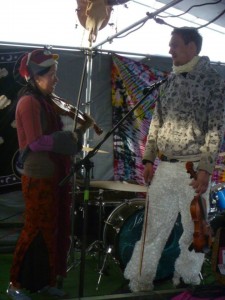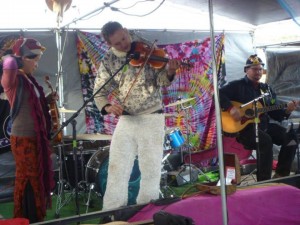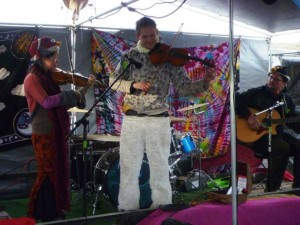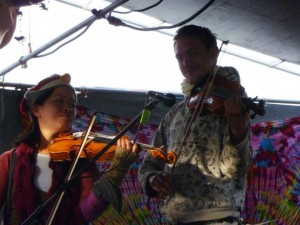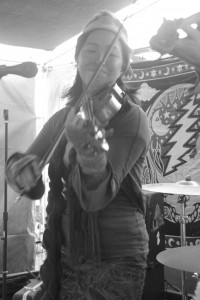"Not Knowing is most intimate..." - Zen saying
This is a note for you. You are such a good student, when there's a teacher standing in front of the class, and other students surrounding you, all learning to do the same things. You are a stellar worker, always taking responsibility for your job, above and beyond the call of duty. You take instructions quickly, correct your mistakes diligently, and do everything you can to get along with others. You are smart, capable, successful, but still feel there's something missing from your life, even though you can't quite name it.
So what is it? What is that missing thing?
I don't know.
But I'm willing to bet that your relationship with Not Knowing could use a little tune-up. A little checking in and refamiliarizing. You see, each of us was born in a state of perfect Not Knowing. The first several years of our lives were filled with the joy, awe, and wonder of discovering, playing, experimenting, failing, and doing it all over again every single moment. This is how we learned to walk, talk, and explore the world around us. There was tremendous accumulation during this time, but the overwhelming majority of space was occupied with Not Knowing, and being perfectly content with that.
Then we acquired language, and experience, and started going to school, where we learned to correct our mistakes diligently, take instructions quickly, and get along with others.
Those skills served us in advancing through lots more school, in getting a job, and then learning the ways of the business and professional worlds.
Somewhere along the way, all of that accumulation began to take up much more space than Not Knowing. In fact, we may not even remember the last time we did something for the first time.
So right now you may be wondering, "How does Not Knowing actually solve a problem I'm experiencing in my life?".
Consider how your life might be different if you reclaimed the fun of it. Not having a reason, but just doing it - you know, whatever that thing is that you've always wanted to do or try. Letting go of what experience tells you, and embracing the fresh innocence of the present moment. Better yet, just existing without judgment.
If any of these sound scary or crazy, it may just be that you've been out of practice at Not Knowing.
And how do you practice Not Knowing? Well, not by fixing it or solving it. Not by hunting for an answer, or coming up with a plan.
But by consciously being there. And watching attentively while you are there.
Last night I went to my first ever hula dancing class. I had never dreamt of hula before, but I saw a performance locally that really inspired me, and then I found out there was a community class offered right in my town.
So I showed up.
There was a lot to learn. The teacher started out slowly, showing us the basic steps, then putting a few of them together into a simple first dance. Then we newbies were sent to the back of the classroom and were told to fake our way along with the more experienced dancers as they rehearsed songs they already knew.
I got to experience myself in the moment of Not Knowing, and to see how I stayed with myself. Now I am at a point where I can see this as a precious gift. But I also know that not so long ago, this was an edge I very carefully avoided, constructing my life so that I would never be in that position of Not Knowing.
How do you react when you are put in the space of Not Knowing?
Do you ask for more information?
Do you look around for someone who looks like they know what they're doing, then copy?
Do you sit out and wait until next time, when you'll definitely know more and do better?
Do you just keep moving, doing what you can, trusting that this is exactly where you should be?
Do you compare what you can do now to what others around you are doing, trying to figure out what's wrong?
All of these are possible ways to relate to Not Knowing.
And all of these responses - if we are able to observe them in ourselves - hold the possibility to bring us closer to knowing ourselves. Closer to becoming intimate with Not Knowing. And more grateful for being exactly where we are in any given moment.
So that is the gift of any brand new experience, whether you enter it by choice, opportunity, or crisis.
In one form or another, all of my work is an opportunity for you to experience yourself in relationship with Not Knowing. I hold open the space for you to experience how you are as you navigate this unfamiliar territory.
This fall, I'm offering you an expansive yet gentle way to become more intimate with your own space of Not Knowing. It's an oceanside retreat with me and a circle of 6 participants, called "Beyond Knowing: Many Paths to the Present Moment."
We will learn from the teachers in nature - the ocean, the sky, the birds, the trees, the sand. We will also learn from approaching and entering various portals to the present moment, which is always fresh and alive with Not Knowing. We will discover what arises when we clear our attachments to thoughts, align our mind-body-soul, and allow our innate expressions to find a voice. We will create a safe space together where we can touch the space of Not Knowing, with gentleness and firmness, full participation, mutual support, no judgment, no force, and no extra.
You will take home tools that you can continue to practice in your daily life, each time you come in contact with the beauty and terror of Not Knowing. You will also take home artifacts from your unique expressions created in the setting of the circle of support provided during the retreat, reminding you of your heart's truth, and your magical reserves of resilience. You will also have the experience - carried in every cell of your body - of having become more familiar, more intimate with Not Knowing.
You can learn all the details about the retreat here.

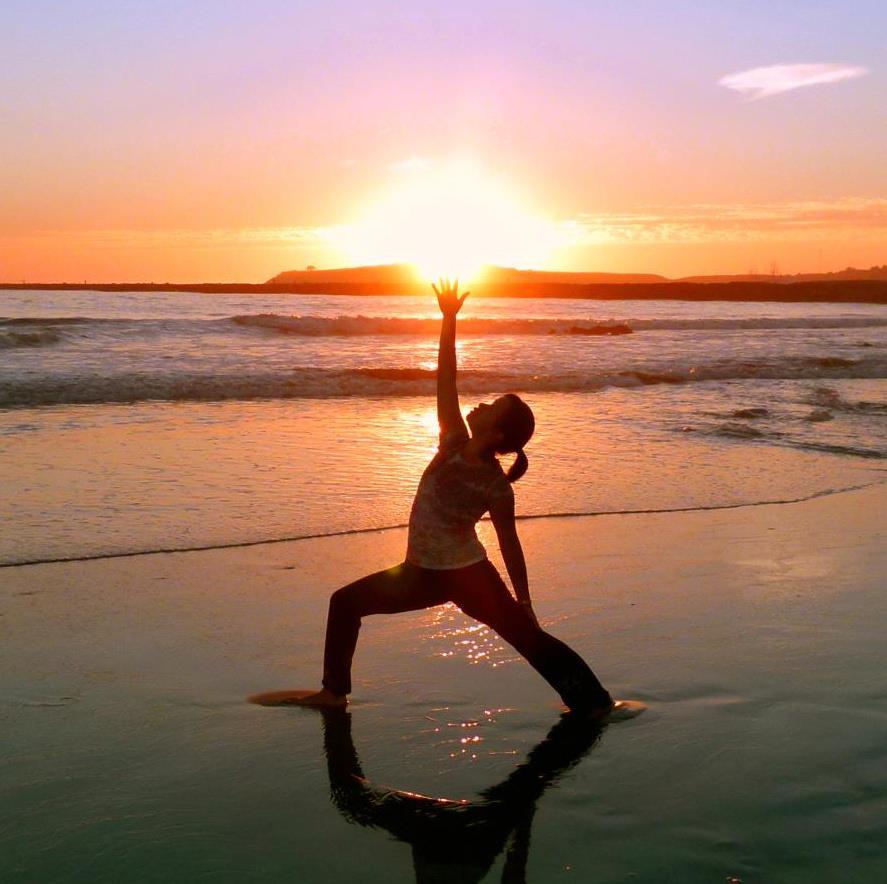 The Native American tradition speaks of each person's Original Medicine - that set of gifts that only you can offer the world with your particular life. I've always felt there was such a finality to the phrase "Original Medicine" - like I had to define the one thing I was here to do, or it would be lost forever.
The Native American tradition speaks of each person's Original Medicine - that set of gifts that only you can offer the world with your particular life. I've always felt there was such a finality to the phrase "Original Medicine" - like I had to define the one thing I was here to do, or it would be lost forever.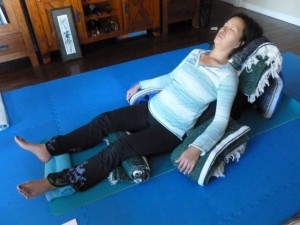 While my body floats in the feeling of being totally supported, my mind rests. It cannot feel fear in this moment of rest. And each moment I spend here, I train in courage. I look fear in the face - the fear that whispers a "To Do" list in my ear - and I do nothing anyway.
While my body floats in the feeling of being totally supported, my mind rests. It cannot feel fear in this moment of rest. And each moment I spend here, I train in courage. I look fear in the face - the fear that whispers a "To Do" list in my ear - and I do nothing anyway.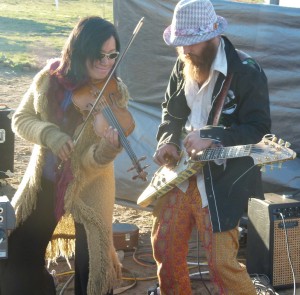 THIS was not a photo on my vision board. I was perfectly content to be performing, showing what I was able to do comfortably, easily, and predictably. I thought I was getting "good" at playing freely, improvising, and creating in the moment. The sound of
THIS was not a photo on my vision board. I was perfectly content to be performing, showing what I was able to do comfortably, easily, and predictably. I thought I was getting "good" at playing freely, improvising, and creating in the moment. The sound of 